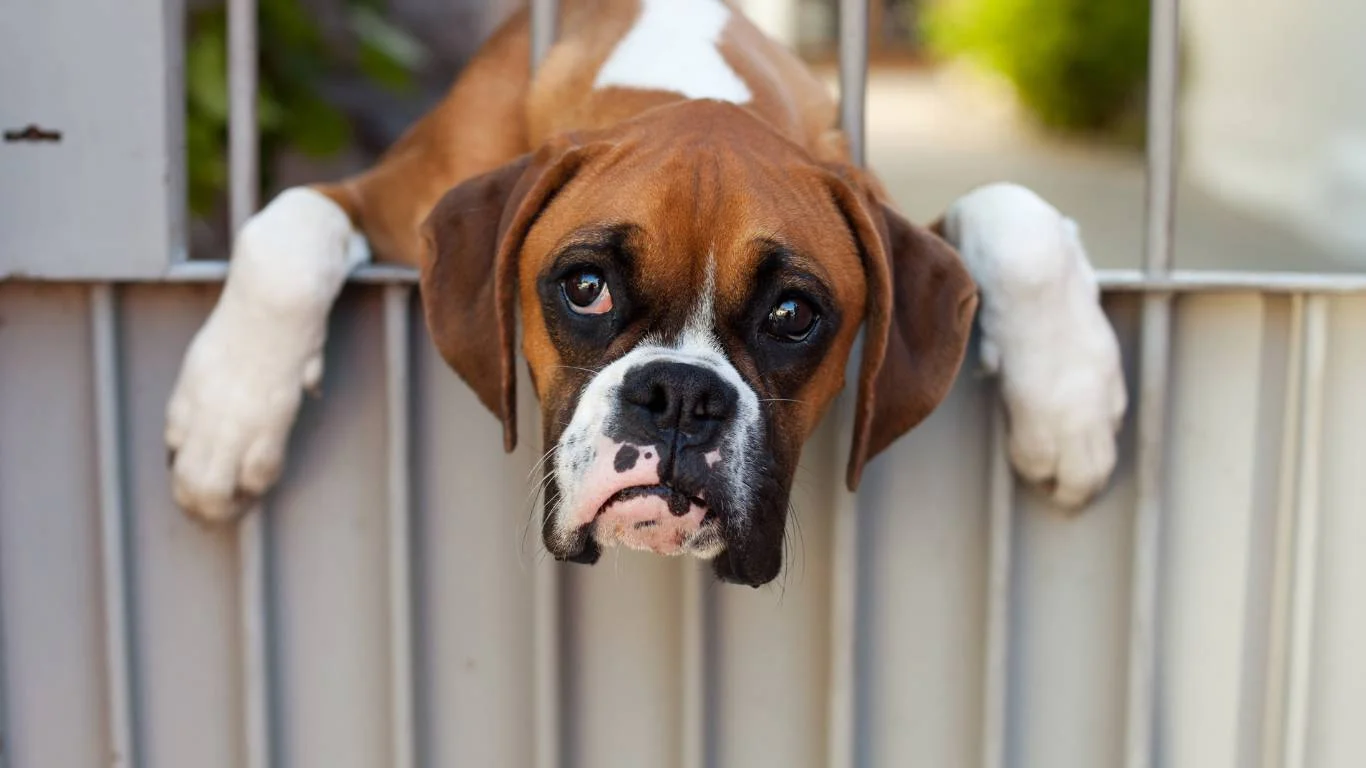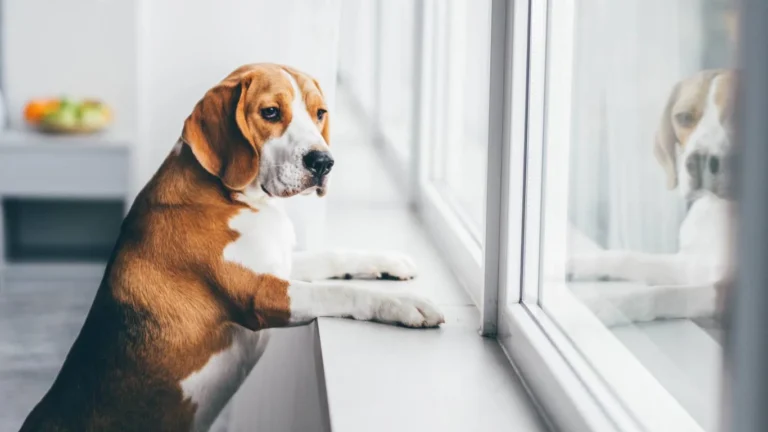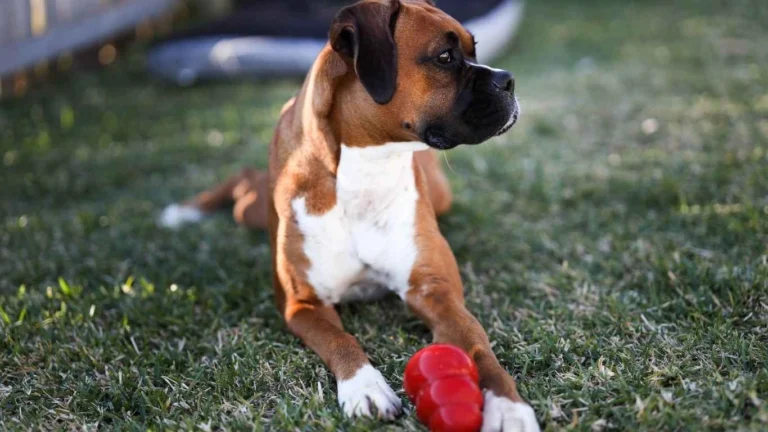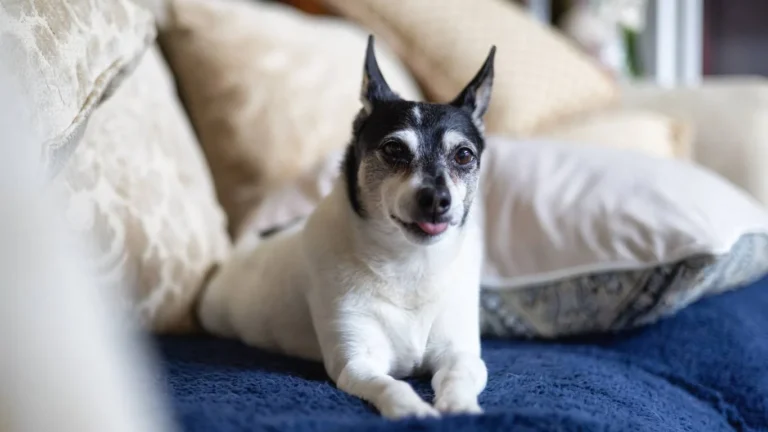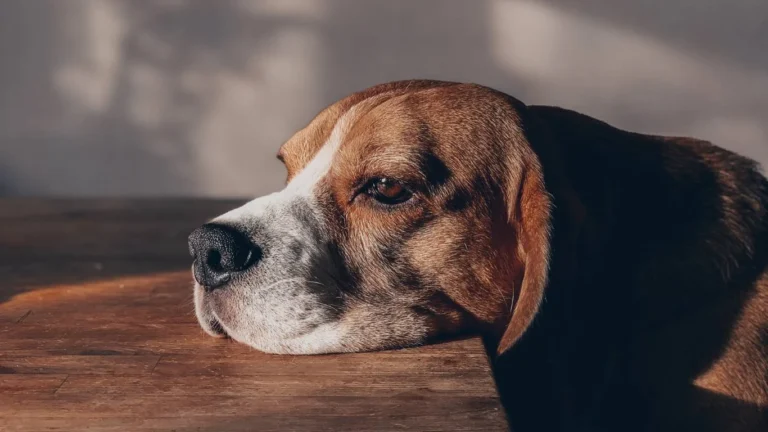Proven Natural Ways to Boost Your Dog’s Appetite Fast
If you’ve ever stared down a bowl of untouched kibble while your dog gives you the “no thanks” eyes, trust me—you’re not alone. As someone who works closely with pet nutrition in my role as a Veterinary Assistant, I’ve had countless conversations with frustrated pet parents asking, “What are the best natural ways to improve a dog’s appetite?” And I get it. When your pup isn’t eating, it’s not just worrisome—it’s stressful. So let’s dig into some real-talk strategies that have worked for the dogs I’ve helped, and might just be the boost your furry friend needs.
Understanding Why Your Dog Won’t Eat
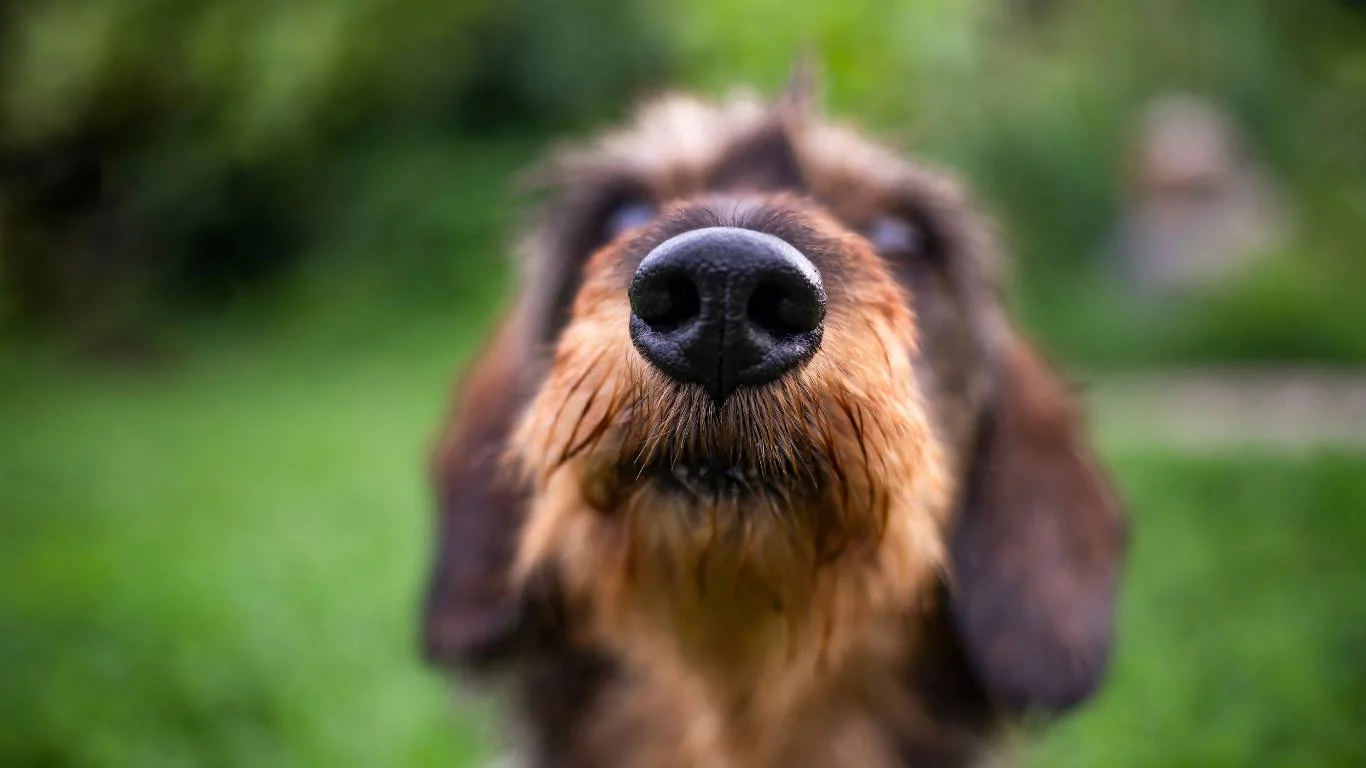
Before diving into natural remedies, it’s important to understand why your dog might be turning up their nose at mealtime. There are dozens of reasons ranging from medical to emotional. In my experience, these are the most common culprits:
- Dental Issues: Bad teeth or sore gums can make chewing painful.
- Digestive Upset: Think nausea, gas, or a bloated tummy.
- Routine Fatigue: Yep, dogs get bored of eating the same food every day too.
- Stress or Anxiety: Changes in the home, vet visits, or even loud noises can affect appetite.
One senior Labrador I worked with refused food for days after his owner brought home a new puppy. Turns out, he was just overwhelmed. A bit of space and some calming chews, and he was back to licking the bowl clean. Always keep an eye on behavior and patterns before jumping into solutions.
Best Natural Ways to Improve a Dog’s Appetite
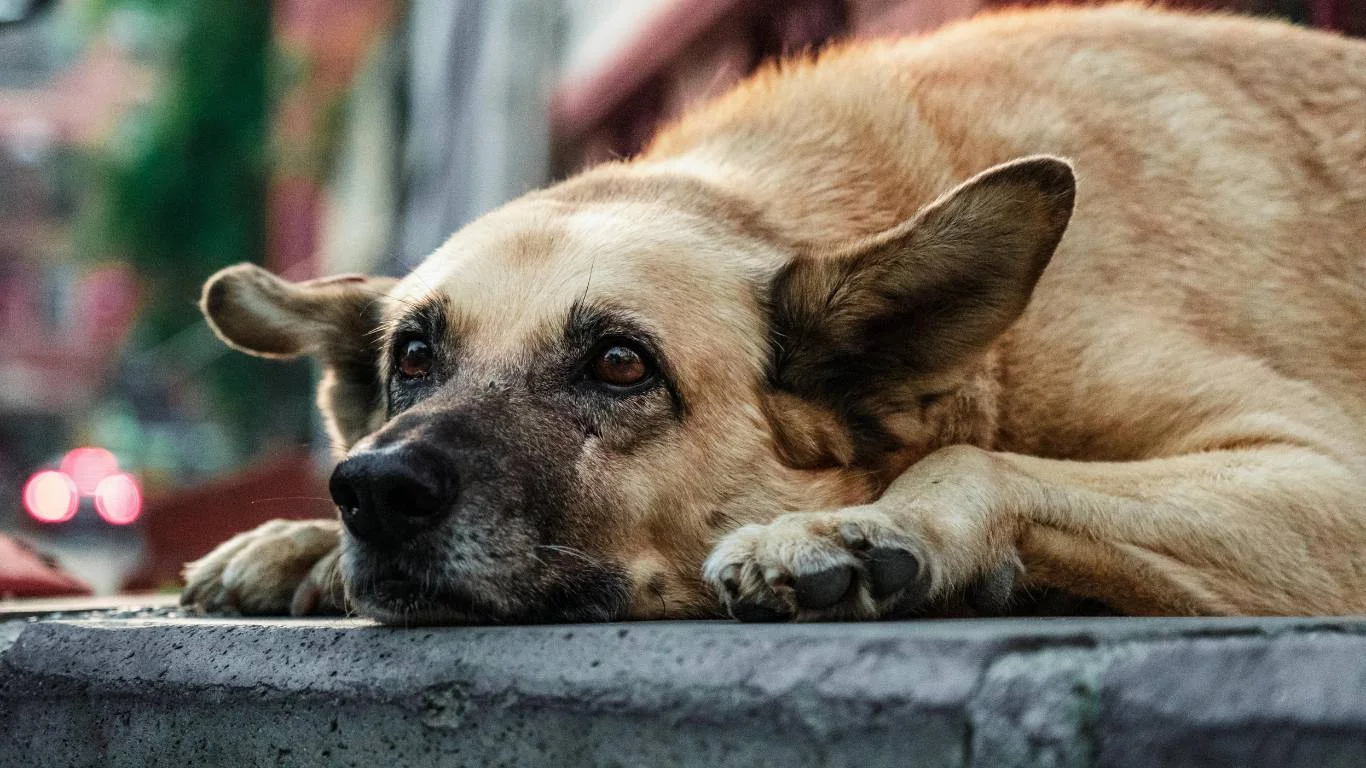
Add a Warm Touch
Ever notice how food smells stronger when it’s warm? That’s not just for us—dogs respond to that too. One of my go-to tips is gently warming their food in the microwave (just 10-15 seconds!). This enhances the aroma and can really entice picky eaters. Bonus: warm food is easier to digest, especially for older dogs.
Incorporate Bone Broth
This one’s a game changer. A splash of warm, low-sodium bone broth over kibble adds flavor, moisture, and nutrients. I’ve had skeptical clients come back raving about how their stubborn dogs suddenly became chowhounds. Look for broths made specifically for dogs—free from onion or garlic, which are toxic to pups.
Try Meal Toppers
Sometimes, all it takes is a sprinkle of something tasty to reignite appetite. Natural toppers like:
- Cooked, shredded chicken (unseasoned)
- Plain pumpkin puree (great for digestion too!)
- Crushed freeze-dried liver treats
These can work wonders. Just keep portions small—you want to entice, not overwhelm.
Switch Up Feeding Times
Just like us, dogs can get thrown off by irregular mealtimes. Try feeding your dog at the same time every day, and remove uneaten food after 20 minutes. This sets a clear routine and prevents grazing behavior. For some dogs, even shifting meals to cooler parts of the day (especially in hot weather) can help.
Make Mealtime Engaging
Dogs are smart—and sometimes, a bit of a challenge is what they need. Use puzzle feeders or slow-feeder bowls to stimulate their brains. One pup I worked with had zero interest in her bowl until we turned mealtime into a “find the treat” game. Suddenly, eating became an exciting part of the day.
Natural Supplements to Boost Appetite
There are gentle, vet-approved supplements made with herbs like ginger, chamomile, and peppermint that support digestion and reduce nausea. I always recommend checking with your vet first (because every dog is different), but I’ve seen these work particularly well in dogs recovering from illness or surgery.

Stick around, because we’re not done yet. There’s still a lot more to unpack when it comes to helping your pup fall in love with food again—in a safe, healthy, natural way.
Use Scent to Your Advantage
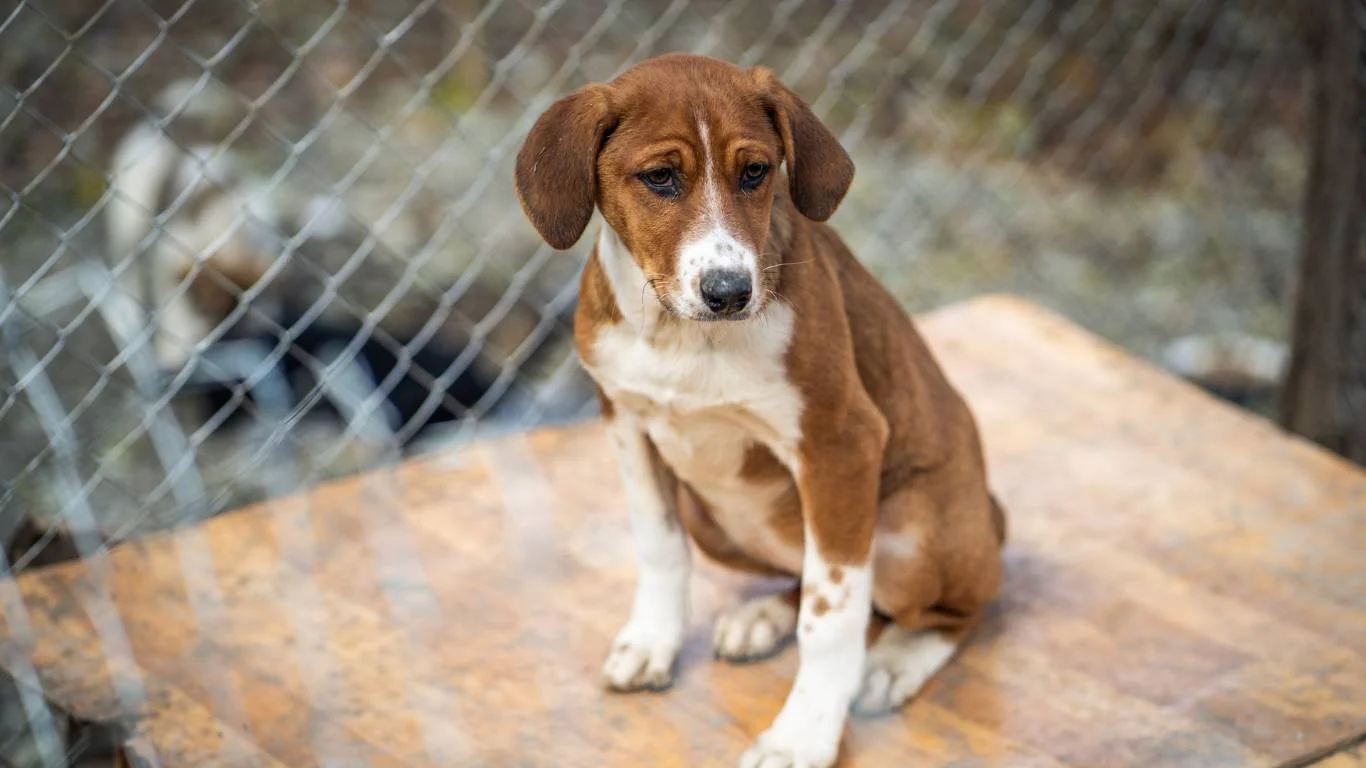
If there’s one thing I’ve learned working around dogs every day, it’s this: their nose rules their world. A dog’s sense of smell is insanely powerful—some say up to 100,000 times better than ours. So when we’re talking about the best natural ways to improve a dog’s appetite, scent is a total game changer.
Try sprinkling a tiny bit of nutritional yeast (yep, the same one used in vegan cooking) on top of your dog’s food. It smells cheesy and rich—dogs tend to go nuts over it. Or, mash up a little sardine in olive oil and mix it in with kibble. It’s messy, but wow does it spark interest.
One dog I helped in the clinic—a picky rescue pup named Luna—flat-out refused all dry food until her owner started rubbing a bit of liver paste along the rim of her bowl. Boom. Dinner devoured.
Rotate Foods to Keep Things Interesting
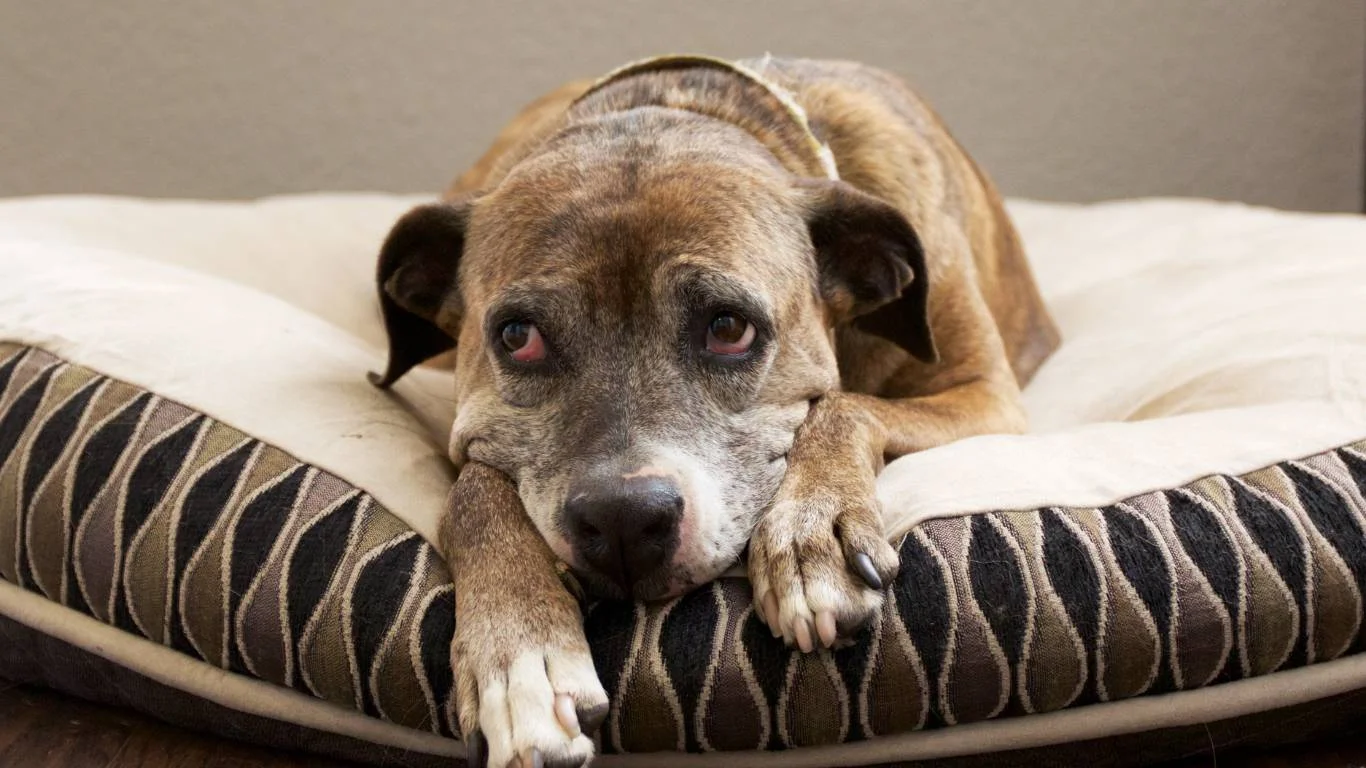
Let’s be real—would you want to eat the same cereal every day for months? Probably not. Dogs can feel the same way. I’ve found food rotation to be a great way to stimulate appetite and also provide a richer nutrient profile.
How to Do It Safely
Rotate between different protein sources like beef, chicken, salmon, and turkey every few weeks. If you’re feeding commercial food, stay within the same brand line when possible to minimize digestive upset. For homemade feeders, consult your vet or a pet nutritionist to keep meals balanced.
And don’t forget to transition slowly. A sudden switch might upset your dog’s stomach. Mix the new food in gradually over 5–7 days to make it easy on their digestion.
Bonus Tip:
Introduce seasonal fruits and veggies in tiny amounts! Blueberries, apples (no seeds), steamed carrots, or even a spoon of mashed sweet potato can add flavor and nutrients.
Reduce Mealtime Stress
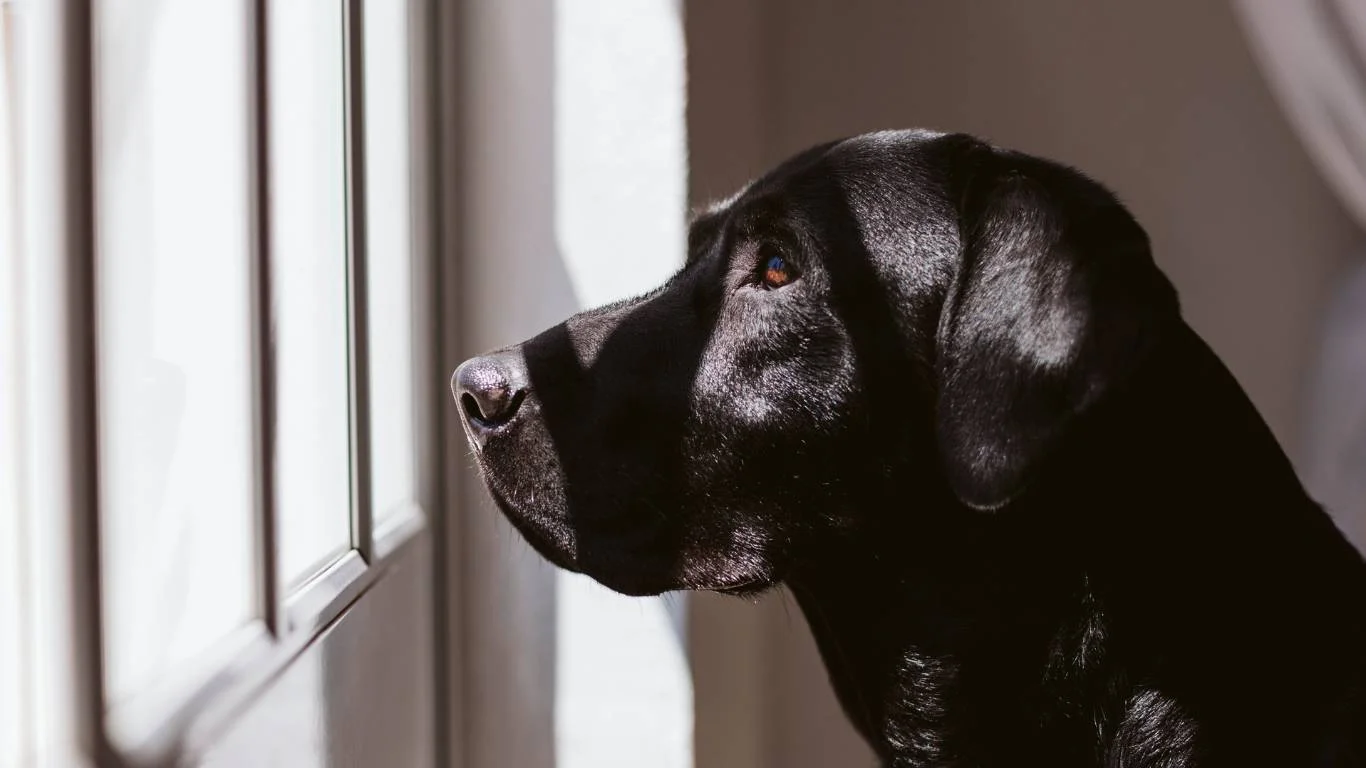
This one’s often overlooked, but in my experience, how your dog eats can be just as important as what they eat. A chaotic environment or loud noises can really throw off their appetite—especially for sensitive or older dogs.
Try feeding your pup in a quiet, low-traffic area of the house. If you’ve got multiple pets, consider separating them at mealtimes. I’ve seen nervous dogs eat way better when they’re not being stared down by their alpha sibling.
Make It a Positive Routine
Create a simple, calming mealtime ritual—wash their bowl, warm their food, and even give a bit of encouragement (I always say a silly “yum yum time!” and my dog practically trots to the bowl). When they associate food time with safety and comfort, they’re far more likely to eat.
Hydration Plays a Role, Too
Believe it or not, a dog who’s not drinking enough might also not feel like eating. Dehydration can reduce their sense of taste and smell, and even cause mild nausea. I often recommend clients check their dog’s water intake if appetite is suddenly off.
- Try adding ice cubes to water bowls – Some dogs find it fun!
- Use flavored water – A splash of bone broth or tuna water (no salt) can get them sipping.
- Incorporate wet foods – Canned food has a higher moisture content that supports hydration.
One older spaniel I cared for started eating again only after we added canned pumpkin and extra water to his meals—he just needed a bit more moisture in his diet to feel comfortable eating.
Watch for Medical Red Flags
Okay, let’s talk real for a sec. As much as we love natural solutions (and they’re often super effective), there are times when a vet visit is non-negotiable. If your dog’s been skipping meals for more than 24–48 hours—or showing other symptoms like vomiting, diarrhea, or sudden weight loss—it’s time to get them checked.
In my work, I’ve seen dogs with dental abscesses, pancreatitis, and even early kidney disease show decreased appetite before any other signs popped up. Early intervention matters. So always trust your gut and get professional help when needed.
Up next, we’ll look at building a long-term plan to keep your dog’s appetite strong—naturally, safely, and with a little help from your kitchen cupboard.
Build a Long-Term Appetite Routine
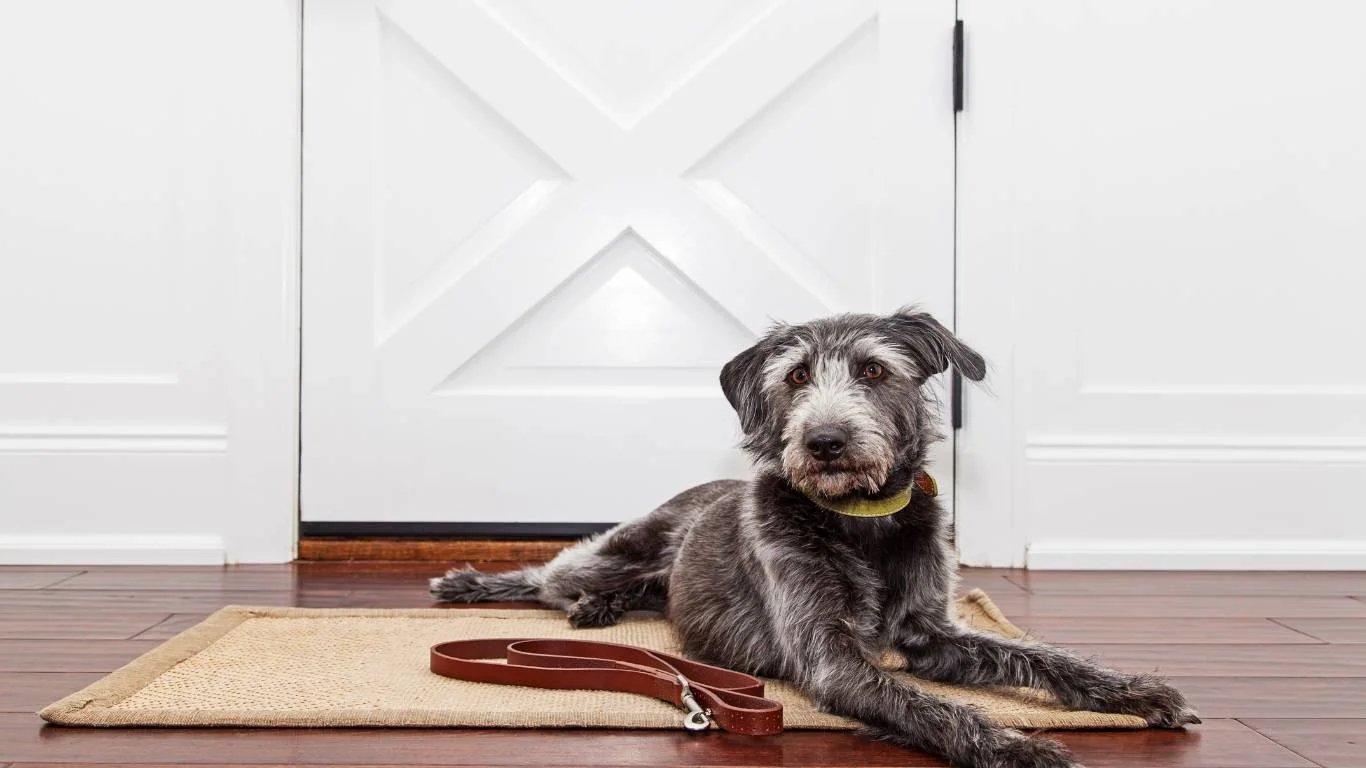
Alright, now that we’ve tackled short-term fixes and natural appetite boosters, let’s talk about the big picture. If you really want to keep your dog eating well—not just for a few days, but consistently—it all comes down to creating a sustainable routine. And trust me, as someone who’s worked with hundreds of dogs (and their equally determined humans), this is where the magic happens.
Consistency is Key
Dogs thrive on structure. Feeding them at the same time each day, in the same place, with minimal distractions helps their internal clock click into “mealtime mode.” One of my clients used to free-feed her picky Terrier all day long. We switched to two structured meals a day with a 20-minute window, and within a week, that little guy was scarfing down food like a champ.
Set feeding times help with digestion, behavior, and even energy levels. Your dog starts to anticipate and get excited for meals—which is half the battle when appetite is low.
Personalize Their Diet
There’s no such thing as a one-size-fits-all meal plan. Just like us, dogs have preferences, sensitivities, and unique nutritional needs based on age, breed, lifestyle, and health status. I always recommend working with your vet—or a certified pet nutritionist—if your dog struggles with appetite long-term. In some cases, they might benefit from limited-ingredient diets or targeted supplements.
For example, I once worked with a senior German Shepherd who hated all dry kibble. We customized a soft-food diet with added glucosamine and omega-3s, and not only did her appetite bounce back—her joints got better too. That’s the power of a well-tailored plan.
Keep the Mealtime Experience Positive

Mealtime should never feel like a chore—for you or your dog. Turn it into a moment of connection. Pet them while they eat if they enjoy that. Offer a bit of praise or even a belly rub afterward. For anxious eaters, your presence can be incredibly reassuring.
What to Avoid:
- Don’t force-feed or hover anxiously. Dogs can pick up on your stress.
- Don’t constantly switch foods out of frustration—it can confuse their system.
- Try not to feed table scraps. It may create pickiness or cause digestive upset.
One thing I always tell pet parents is this: make mealtime feel like love, not pressure. That shift in mindset can go a long way.
When to Revisit the Vet
If you’ve tried natural strategies and your pup’s still picking at food—or you notice concerning signs like lethargy, vomiting, or unexplained weight loss—it’s time for a deeper dive. I’ve seen appetite loss linked to everything from thyroid imbalances to early-stage kidney issues. Getting ahead of it with proper diagnostics is always the safest bet.
Don’t be afraid to advocate for your dog, either. If your vet brushes off your concerns, ask for a second opinion. You know your pup better than anyone else. A good vet will respect that partnership.
Trust Your Gut—and Theirs
In the end, helping your dog regain a healthy appetite is all about balance—of nutrition, routine, and understanding. The best natural ways to improve a dog’s appetite aren’t about fancy gimmicks. They’re about tuning into your dog’s needs, trying a few honest strategies, and showing a whole lot of patience and love.
Over the years, I’ve learned that even the pickiest eaters can become joyful foodies again—with a little guidance, a lot of consistency, and sometimes just a splash of warm broth.
Helpful References
Disclaimer
This article is based on my personal experiences and professional work as a Veterinary Assistant with a focus on pet nutrition. It is intended for informational purposes only and should not replace veterinary advice. Always consult with your veterinarian before making changes to your dog’s diet or health routine.
